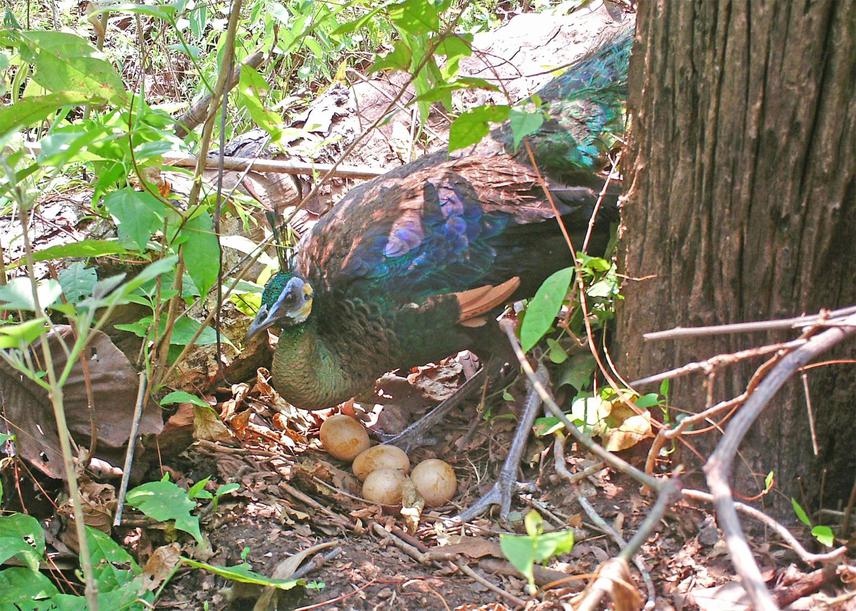Niti Sukumal
Other projects
20 Nov 2013
Collecting Information and Monitoring the Situation of Green Peafowl (Pavo muticus) in Pristine Habitat in Thailand and Disturbed Habitat in Northern Vietnam
This study aims 1) to provide detailed information on the ranging behavior of animals found in the pristine forest and agricultural land and 2) surveyed populations over the species’ range in four distinct areas.

The Endangered green peafowl (Pavo muticus) has undergone a significant decline across its range. Recently, several viable populations have been located, but the detailed distribution of the species remain obscure. Moreover, detailed information on their ecology and ranging behaviour in pristine and human disturbed habitats is limited. Therefore the effect of disturbances on the species cannot be quantified and possible solutions addressed clearly. As a consequence, this project aims to provide more information on the spatiotemporal variation in ranging behavior of both males and females inhabiting the pristine forest of Huai Kha Khaeng Wildlife Sanctuary, Thailand. To achieve this, intensive radio-telemetry will be conducted to track animal during both the breeding and non-breeding season. Huai Kha Khaeng Wildlife Sanctuary has a tight mosaic structure composed primarily of dry dipterocarp and mixed deciduous forest, allowing investigation of how animals alternate the use of the different habitats based on overall plant structure, density and food availability.
The second part of the project will help increase the general understanding of the species status within its range by monitoring green peafowl in four distinct areas:
1) Mondulkiri Protection Forest, Cambodia, will provide details of the species status in the Cambodian section of a large habitat area already surveyed in Vietnam (YokDon National Park) where the species is strongly declining. This should highlight how different country management policies are affecting the transboundary status of this endangered species.
2) Baluran National Park in eastern Java, where the species has been isolated from mainland SE Asia, presumably since the last glaciation. The high human density on the island allows a unique test case for disturbance.
3) & 4) Unprotected sites in Central and Western Myanmar where most of the species populations are predicted to inhabit forest, not included in the national protected areas system.